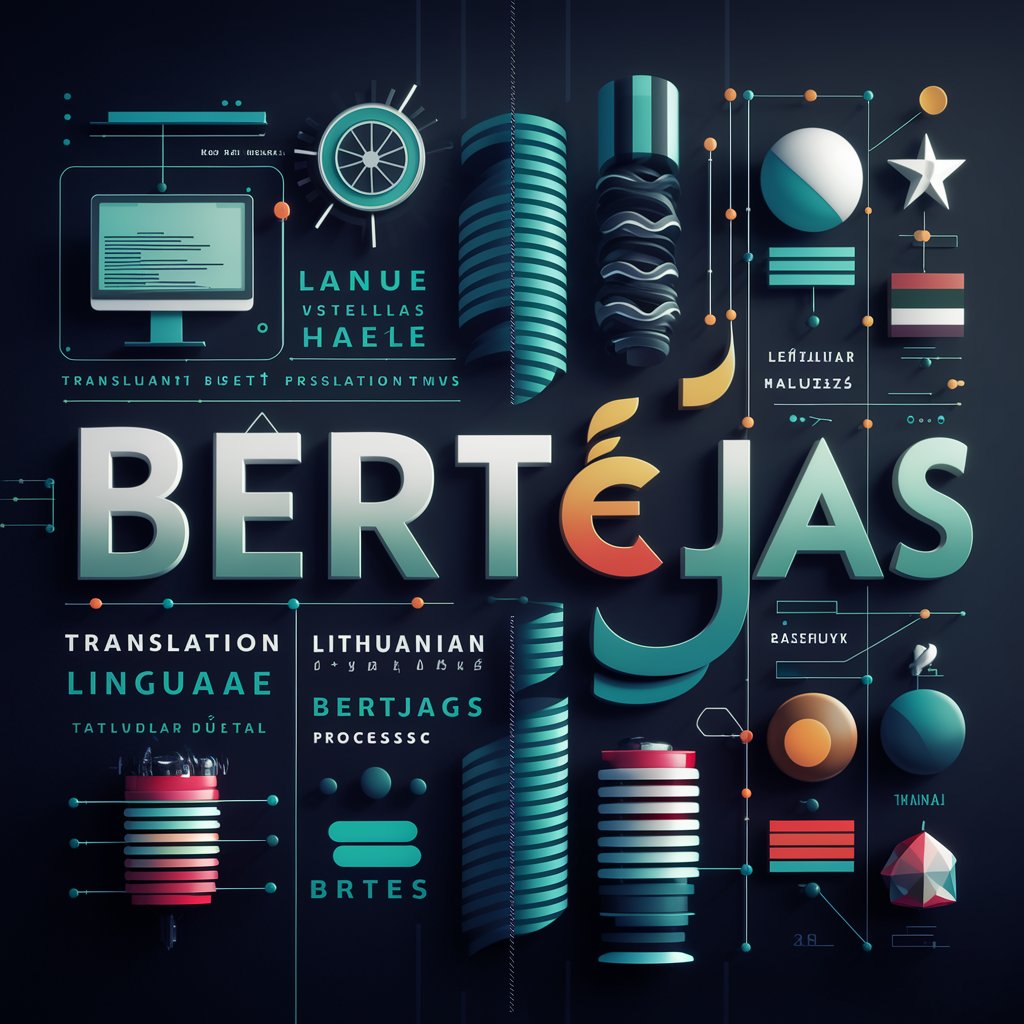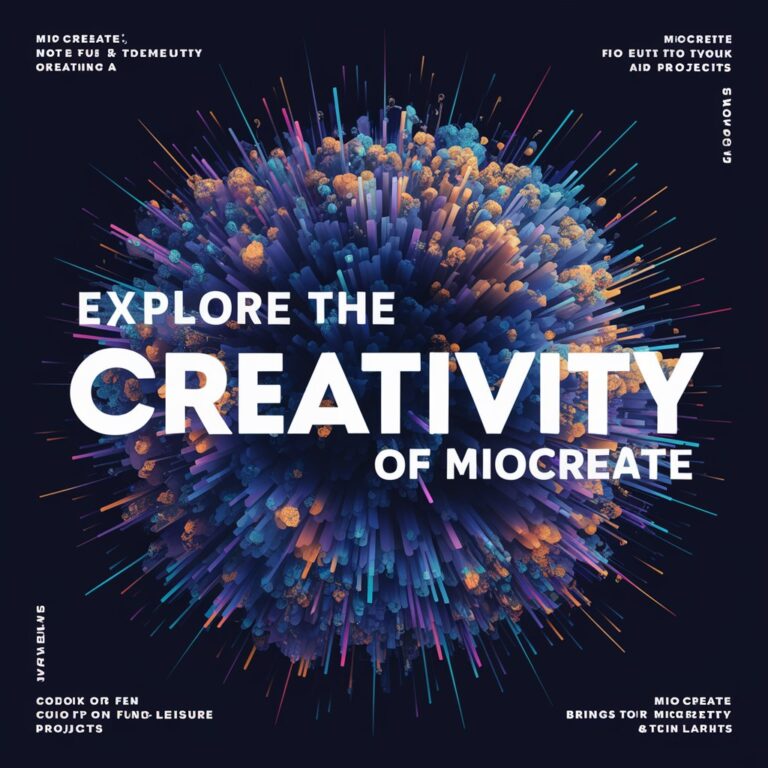Bertėjas: A Comprehensive Guide to the Future of Translation Technology
Introduction
In today’s interconnected world, language barriers can still pose significant challenges. However, advancements in technology are continuously breaking these barriers, with “Bertėjas” leading the way. Derived from the Lithuanian word for “translator,” Bertėjas represents a groundbreaking development in computerized translation and language processing. This article provides an in-depth exploration of Bertėjas, its technological innovations, and its impact on translation practices, aiming to surpass existing online resources and provide a comprehensive understanding for readers.
“Bertėjas, derived from the Lithuanian word for ‘translator,’ represents a significant advancement in computerized translation technology, enhancing accuracy and contextual understanding in language processing.”
What is Bertėjas?
Bertėjas is a sophisticated translation technology that leverages advanced algorithms and artificial intelligence to enhance language translation and processing. It is designed to address the complexities of translating texts between various languages with high accuracy and contextual understanding.
Origins and Development
Bertėjas is rooted in the Lithuanian word for “translator,” reflecting its purpose and cultural significance. The technology has evolved significantly, incorporating state-of-the-art machine learning techniques and natural language processing (NLP) to deliver precise translations.
Key Features of Bertėjas
- Advanced Machine Learning Algorithms: Bertėjas uses cutting-edge algorithms that learn from vast amounts of language data. This continuous learning process helps improve translation accuracy and context comprehension over time.
- Contextual Understanding: Unlike traditional translation tools, Bertėjas excels in understanding context, idiomatic expressions, and cultural nuances, making translations more natural and relevant.
- Multi-Language Support: Bertėjas supports a wide range of languages, making it a versatile tool for global communication. Its capability to handle various language pairs ensures broad applicability across different regions.
- User-Friendly Interface: The platform is designed with user experience in mind, offering an intuitive interface that simplifies the translation process for both casual users and professional translators.
How Bertėjas Works
Understanding the functionality of Bertėjas involves delving into its underlying technology and processes. Here’s a breakdown of how Bertėjas operates:
- Data Collection and Training: Bertėjas starts with the collection of extensive language data from various sources. This data is used to train machine learning models, enabling the system to recognize patterns and nuances in language.
- Natural Language Processing (NLP): Bertėjas employs NLP techniques to analyze and process text. It breaks down sentences into components, understands grammatical structures, and applies contextual knowledge to generate accurate translations.
- Algorithmic Adjustments: The system continuously adjusts its algorithms based on user feedback and new data. This iterative process helps refine translations and adapt to evolving language trends.
- User Interaction: Users input text into Bertėjas, and the system provides translations in real-time. The interface allows for quick adjustments and provides options for specialized terminology or context-specific translations.
Applications of Bertėjas
Bertėjas has a wide range of applications across various sectors, reflecting its versatility and effectiveness in translation and language processing.
1. Business and Commerce
In the business world, Bertėjas facilitates smooth communication between international partners, aids in translating marketing materials, and helps companies expand their global reach. Its ability to handle complex business jargon and technical terms makes it an invaluable tool for multinational corporations.
2. Education and Academia
Educational institutions and researchers benefit from Bertėjas by accessing translated academic papers, course materials, and research findings. The technology supports cross-cultural academic collaborations and broadens the scope of accessible knowledge.
3. Travel and Tourism
For travelers and tourism professionals, Bertėjas enhances the experience by providing accurate translations of travel guides, brochures, and local information. It helps bridge communication gaps and enriches cultural experiences.
4. Healthcare
In the healthcare sector, Bertėjas supports accurate translation of medical records, patient information, and health advisories. This ensures that patients receive clear and understandable information, regardless of language barriers.
Advantages of Bertėjas Over Traditional Translation Methods
Bertėjas offers several advantages compared to conventional translation methods:
- Enhanced Accuracy: By leveraging advanced algorithms and contextual understanding, Bertėjas provides more accurate translations than traditional tools.
- Cultural Sensitivity: Bertėjas considers cultural nuances and idiomatic expressions, resulting in translations that are more natural and contextually appropriate.
- Efficiency: The real-time translation capability of Bertėjas streamlines the translation process, saving time and reducing the need for manual intervention.
- Scalability: Bertėjas can handle large volumes of text and multiple languages, making it suitable for both individual and organizational use.
Challenges and Considerations
Despite its advancements, Bertėjas faces some challenges and considerations:
- Complexity of Language: While Bertėjas excels in many areas, certain languages with complex structures or less data availability may still pose challenges.
- Contextual Limitations: Although Bertėjas is designed to understand context, some highly specialized or nuanced texts may require additional human review.
- Data Privacy: Ensuring the security and confidentiality of user data is crucial, especially in sensitive sectors like healthcare.
- Continuous Improvement: Ongoing updates and improvements are necessary to keep pace with evolving language trends and user needs.
FAQs
1. What is Bertėjas used for?
Bertėjas is used for translating text between various languages with high accuracy. It is applicable in business, education, travel, healthcare, and other sectors where precise and contextually relevant translations are needed.
2. How does Bertėjas improve translation accuracy?
Bertėjas improves translation accuracy through advanced machine learning algorithms and natural language processing techniques. It continuously learns from vast language data and user feedback to refine its translations.
3. Can Bertėjas handle multiple languages?
Yes, Bertėjas supports a wide range of languages, making it a versatile tool for global communication.
4. Is Bertėjas suitable for professional use?
Yes, Bertėjas is suitable for both casual and professional use. Its advanced features and contextual understanding make it a valuable tool for translators, businesses, and other professionals.
5. What are the main benefits of using Bertėjas?
The main benefits of using Bertėjas include enhanced translation accuracy, cultural sensitivity, efficiency, and scalability.
Conclusion
Bertėjas represents a significant advancement in the field of translation technology, offering improved accuracy, contextual understanding, and efficiency. As technology continues to evolve, Bertėjas stands out as a leading tool for overcoming language barriers and facilitating global communication. By understanding its capabilities and applications, users can harness the power of Bertėjas to enhance their translation needs and expand their reach in an increasingly connected world.






